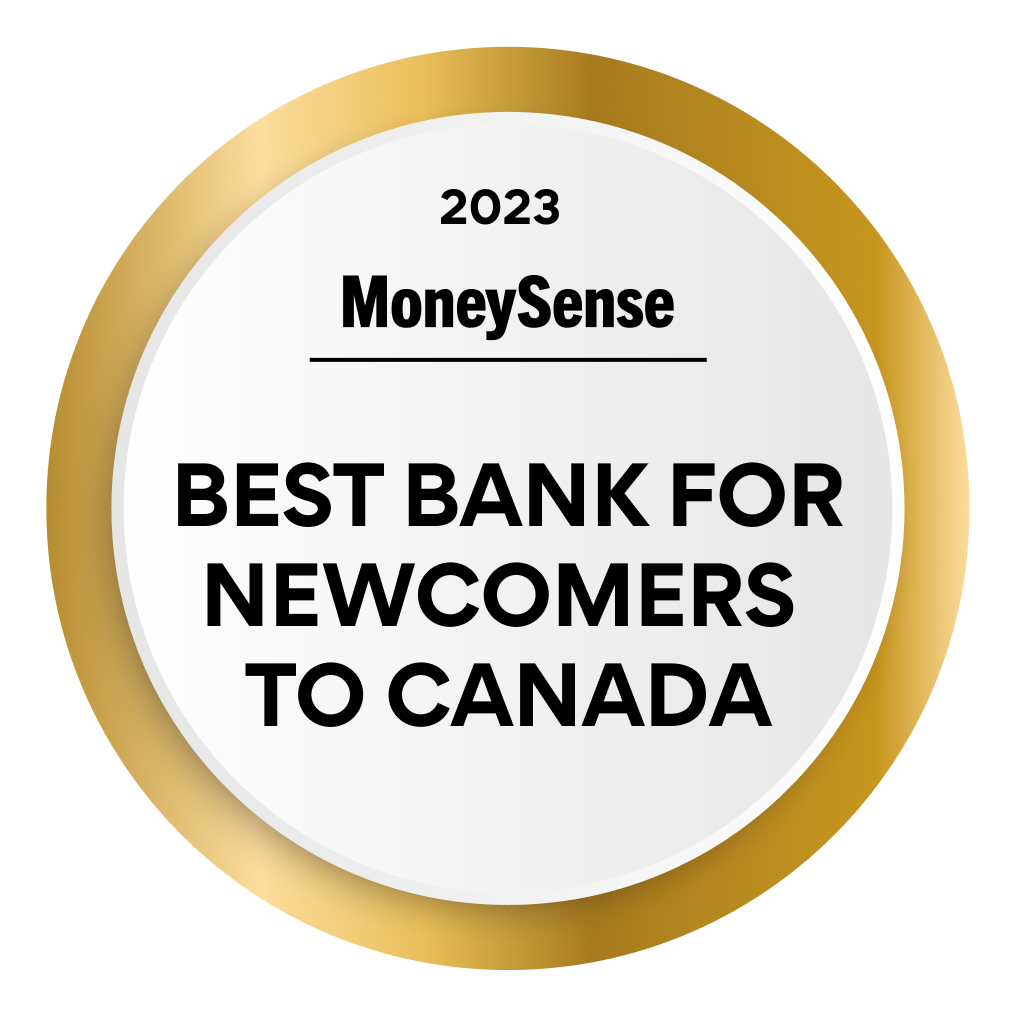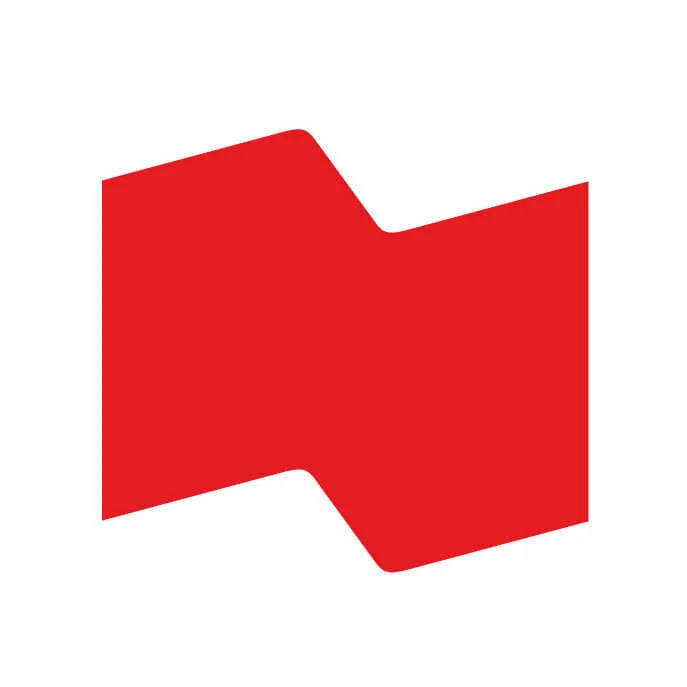Where should you start if you’re a newcomer to Canada who wants to invest? This article provides an overview of the Canadian investing landscape, from investment types and financial markets to investment advisors, online brokers and robo-advisors.
Types of investing accounts
In Canada, there are two types of investment accounts: registered and non-registered. Registered accounts are filed with the Canada Revenue Agency (CRA), the governmental body responsible for overseeing the country’s tax regulations. Investments made within registered accounts benefit from several tax incentives, including tax-free or tax-deferred growth of investments, depending on the type of account. Additionally, certain contributions to registered accounts qualify for tax deductions. More on that below.
Because of these tax benefits, you have limits on the amount of money you can contribute to each type of registered account. In contrast, non-registered accounts are basic investment accounts without any tax benefits. However, there are no contribution limits or withdrawal rules for non-registered accounts.
The Chequing Account For Newcomers to Canada
- Monthly fee: $0 for up to three years ($15.95 thereafter)
- # of transactions: Unlimited digital; in-branch withdrawals and transfers are $1.50 each and bill payments are $2 per bill
- Interac e-Transfers: Unlimited
- Extras: Assistance to Newcomers line; mobile cheque deposit; eligibility for a National Bank Mastercard without having a Canadian credit history
- Welcome offer: Until Oct. 31, 2024, earn $100 cash back when opening an account. Conditions apply.
- # of cheques: 100 free
- Service charges: Some, including in-branch transactions and paper statements ($2.50/month/account)
Types of registered accounts in Canada
| Tax-free savings account (TFSA) | Registered retirement savings plan (RRSP) | Registered education savings plan (RESP) | First home savings account (FHSA) | Registered disability savings plan (RDSP) | |
|---|---|---|---|---|---|
| Purpose | Saving | Retirement savings | Saving for a child’s post-secondary education | Saving for a first home | Save for long-term financial security of a person with disabilities |
| Tax advantages | Tax-free growth and withdrawals, but contributions are not tax-deductible | Contributions are tax-deductible and grow tax-deferred. Withdrawals are added to income and taxed. | Tax-deferred growth. When withdrawn, gains are taxed in the hands of the student. | Contributions are tax-deductible. Growth is tax-free. Withdrawals for a first-home purchase are tax-free. | Contributions are not tax-deductible. Gains are taxed in the hands of the beneficiary. |
| Contribution limit | Changes annually; in 2024, the limit is $7,000 | 18% of earned income, up to a maximum of $31,780 in 2024. The maximum changes annually. Unused contribution room can be carried forward. | No annual maximum. Lifetime maximum of $50,000 per beneficiary (child). | Annual limit is $8,000, and lifetime limit is $40,000. Contribution room can be carried forward one year. | No annual limit. Lifetime limit of $200,000 per beneficiary. |
| Other key details | Newcomers get TFSA contribution room starting the year they arrive in Canada, if they are at least 18 and have a social insurance number (SIN) | RRSP contribution limits are based on earned income (based on your tax return from the previous year), not on age. So, minors can open an account too. | Federal government grant: up to $500 per year (20% on the first $2,500 contributed), to a lifetime maximum of $7,200. Some provinces offer additional incentives. | You qualify for a FHSA if you’re 18 or older, and 71 or younger as of Dec. 31 of the year you open the account. You also cannot have lived in a “qualifying home” owned by you or your spouse or common-law partner in this calendar year or the previous four calendar years. | Government grants up to $2,000 per year, depending on contributions and the family’s net income. Government bond: up to $1,000 per year based on net family income—and does not require contributions. |
Types of non-registered accounts
- Cash account: This is the most common form of non-registered investing account. In it, you can purchase various securities, including stocks, exchange-traded funds (ETFs) and mutual funds. (Note: A cash account is not the same as a bank account.)
- Margin account: In this type of account, you can trade on leverage—which means your broker extends you credit to trade securities, allowing you to invest more money than you have in your account. Trading with borrowed money carries significant risk, as it can magnify your losses. Margin accounts are best suited to experienced investors.
Types of investments in Canada
Whether you invest in a registered or non-registered account, you can hold various types of investments across the risk spectrum:
- Stocks: A stock—or a share—represents ownership in a company. If you own even just one stock of a company, you own a small part of that company. Investors can buy the stocks of publicly listed companies that trade on Canadian or U.S. stock exchanges through a brokerage. As a stock owner, you could gain in two ways: dividends and capital gains. A dividend is the portion of a company’s profits that it distributes to its shareholders, typically every quarter. Capital gain refers to what you can earn from selling a stock at a higher price than what you bought it for.
- Mutual funds: Not everybody has the time or expertise to manage a stock portfolio. This is where mutual funds enter the picture. Mutual funds are pooled investment vehicles in which a professional asset manager manages a diversified portfolio of stocks or other securities for a fee. Investors buy units in these funds, giving them indirect exposure to the stocks in the fund’s portfolio.
- Exchange-traded funds (ETFs): Like mutual funds, ETFs are a professionally managed portfolio of securities such as stocks or bonds. However, unlike mutual funds, ETFs are bought and sold on the stock market like stocks.
- Bonds: When you purchase a bond issued by a government or a corporate entity—you’ll receive a fixed interest rate for a specified period (for example, 4% for five years). The principal amount will be repaid to you when the bond matures (meaning its term has ended). Investors can also benefit from the capital gain in a bond—if they sell their bond to someone else on the secondary market.
- Guaranteed investment certificates (GICs): A GIC is a lower-risk instrument in which the investor’s initial amount invested is guaranteed, and typically an annual rate of return is also guaranteed. The exception is a market-linked GIC, which does not provide a fixed, guaranteed rate of return—its returns depend partly on market performance—but even these GICs guarantee the safety of the initial amount invested.
How to start investing
Let’s look at a few commonly asked questions from newcomers interested in investing:
“Do I need to be a permanent resident before I can invest?”
Newcomers to Canada don’t need to be permanent residents (PR) to start investing. Students and temporary workers can invest as well.
“What do I need before I can open an investment account?”
To open an investment account, you will need a social insurance number (SIN), a valid government-issued form of photo identification such as a driver’s license, and a bank account.
“Can I invest in U.S. stocks and ETFs if I’m in Canada?”
Yes. Once you have a brokerage account, you’ll be able to invest in Canadian stocks and ETFs, as well as stocks and ETFs listed on the major U.S. exchanges.
“Where can I open an investing account?”
Below, we list the different ways to start investing. Most financial institutions offer the ability to hold your TFSA, RRSP or FHSA within a brokerage account. This means you can have a registered account that functions as a brokerage account, allowing you to manage your investments directly or with an advisor.
Where to open an investment account
You have several options for opening your investing account in Canada.
- Banks: Banks offer investment products. At physical branches and online, banks can help you invest in GICs or mutual funds and open your investment account, if it offers a discount brokerage. If you’re interested in other investment options, such as ETFs or stocks, check if the bank’s discount brokerage offers access to those. National Bank Direct Brokerage, for example, offers access to stocks and ETFs from various Canadian and U.S. exchanges
- Brokers and online brokers: Brokerages offer investments including stocks, mutual funds and ETFs. These days, most brokerages are online, but some have physical locations as well. Brokers who only have a digital presence, with no physical locations, are called “discount brokers” or “online brokers.” If you’re a newcomer managing your own investments and want to buy stocks, you could open an account with a brokerage.
- Financial advisors and planners: Financial planners or advisors can advise you on investments based on your financial situation, needs and goals. In addition to helping you invest, a full-service financial advisor could help you with tax planning, insurance, retirement planning and estate planning, among other things. These professionals have different payment structures, depending on the services you need. (Learn more about choosing a financial advisor.)
- Wealth management firms: Wealth management firms include name-brand chains (some are affiliated with banks), boutique shops and independent establishments. Typically, wealth management firms offer a full suite of advice and financial services, including advice on investments and a brokerage to help you buy them. If you want all your financial needs taken care of under one roof and you value personalized advice, this option may be right for you.
- Robo-advisors: A robo-advisor is a mid-way option between doing it yourself (DIY) and working with an advisor. Robo-advisors invest their clients’ money in pre-set portfolios (usually combinations of ETFs) based on their risk profile. You fill out a risk-assessment questionnaire and an algorithm selects a portfolio based on your answers. Your portfolio will be managed and rebalanced based on pre-set rules. This is a good hands-off option for investors who want a diversified portfolio without paying for financial advice.
While choosing an investment brokerage, it would be prudent to verify the company’s credentials, compare its fees with those of competitors, and find out its customer support options.
Newcomers to Canada have many investment options, and with good planning, you can set yourself up for financial success.
This article is sponsored.
This is a paid post that is informative but also may feature a client’s product or service. These posts are written, edited and produced by MoneySense with assigned freelancers and approved by the client.
Read more about coming to Canada:
- The best cities in Canada for work for newcomers
- Best jobs in Canada for immigrants: The top 5 industries in demand
- Common questions from newcomers about working in Canada
- Earning, saving and spending money in Canada: A guide for new immigrants
The post Buying your first stocks in Canada appeared first on MoneySense.




0 Commentaires